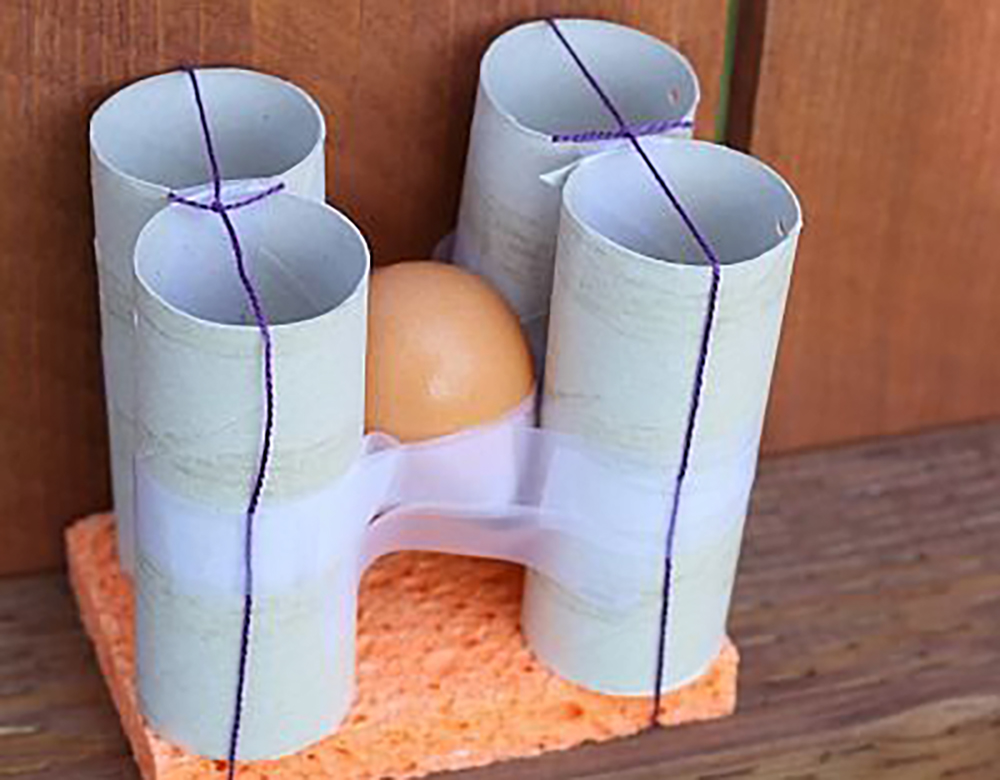Sudbury schools take their name from the Sudbury Valley School, which was founded in 1968 in Framingham, Massachusetts. Sudbury schools operate under the basic tenets of individuality and democracy and take both principles to extremes that are unrivaled in the education arena. In Sudbury schools, students have complete control over what and how they learn, as well as how they are evaluated, if at all. At the weekly School Meeting, students vote on everything from school rules and how to spend the budget to whether staff members should be rehired. Every student and staff member has a vote and all votes count equally.
The Sudbury philosophy is that students are capable of assuming a certain level of responsibility and of making sound decisions; in the event that they make poor decisions, learning comes in the form of dealing with the consequences. While many public and private schools are constantly looking for new ways to motivate students to learn, Sudbury schools don’t bother. According to the Sudbury approach, students are inherently motivated to learn. One Sudbury educator uses the example of an infant who learns to walk despite the fact that lying in a crib is a viable ““ and easier ““ alternative as support of this belief.
Sudbury schools, which have some similarities with the “free schools” that gained popularity in the U.S. during the 1970s, do not divide students into different classes by age. Students regularly engage in collaborative learning, with the older students often mentoring the younger students. Annual tuition for the Sudbury Valley School, which welcomes students as young as 4 years old, is $6,450 for the first child in a family to attend the school.


